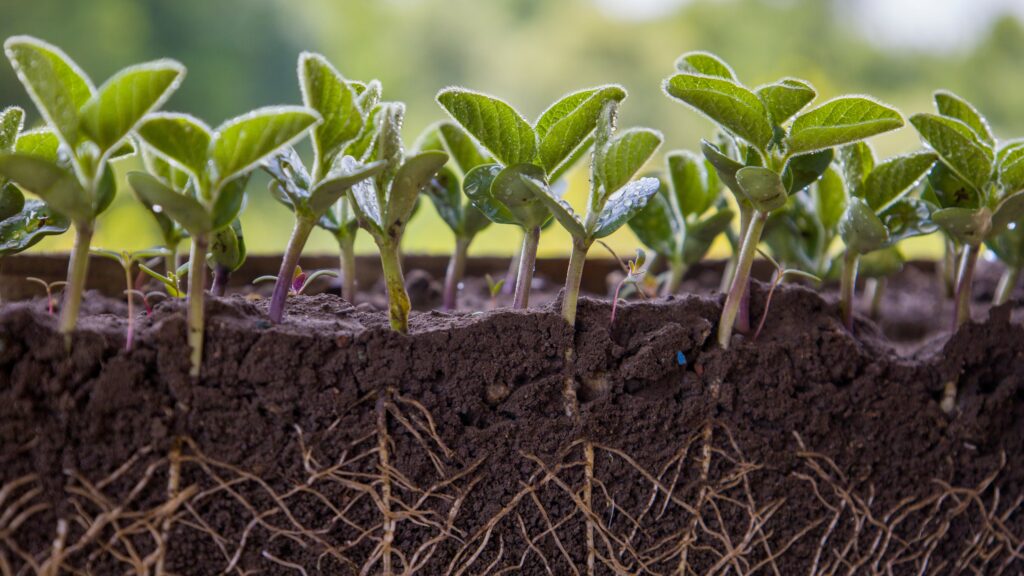Monitoring soil health with AI
Rothamsted Research, STFC Hartree® Centre and IBM collaborated through the Hartree National Centre for Digital Innovation (HNCDI), and used AI to predict the carbon content of soil through a combination of microbial and environmental data.

Challenge
The health of our soil has far-reaching impacts – from dictating our food security to influencing our climate through carbon capture. We must learn how to understand and improve soil health, as this would allow us to harness it to support sustainability efforts such as net-zero. However, soils are among the most complex biological systems on earth, so understanding how they respond to different environmental factors means analysing vast amounts of data. To address this, Rothamstead Research collaborated with the Hartree Centre through the Hartree National Centre for Digital Innovation (HNCDI) programme to develop an AI framework that uses soil microbiome data, soil composition data and climate data to generate novel insights into soil carbon capture.
Approach
The HNCDI team combined AI-based assets developed in earlier HNCDI projects capable of analysing complex biological and climate data. The resulting framework predicts soil carbon content by automating workflow and database construction, making it easy for stakeholders who are less familiar with the project to perform their own analyses if granted access. This approach has already led to the discovery of a specific microbe which could have a pivotal role in carbon capture, demonstrating the capabilities of this new tool. The next stage of this process will be to develop the framework further to allow scalability, through modular and cloud-based solutions that can overcome compute-time limitations.
Benefits
Work that would have taken Rothamsted months to do independently now takes only a few days with the newly developed framework, accelerating their bioinformatics pipelines. The team’s work is gaining attention from major research institutes which have expressed interest in collaborating on future projects, as well as drawing interest from agritech SMEs hoping to use it to improve soil fertility. Furthermore, the framework’s versatility opens it up to diverse applications such as monitoring diseases or ocean wastewater levels, and for drug discovery.
“Scaling up our processes like this is critical to improve our productivity and efficiency”
Professor Andrew Neal, Rothamsted
Join Newsletter
Provide your details to receive regular updates from the STFC Hartree Centre.

